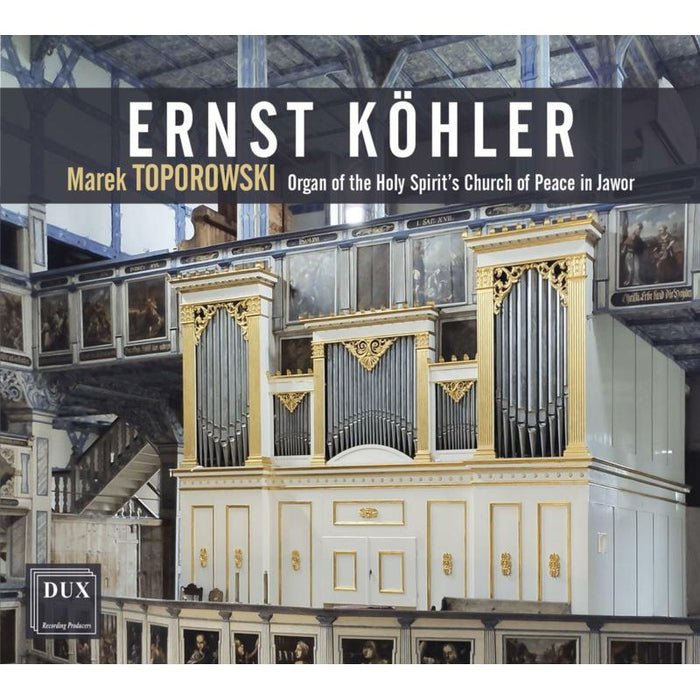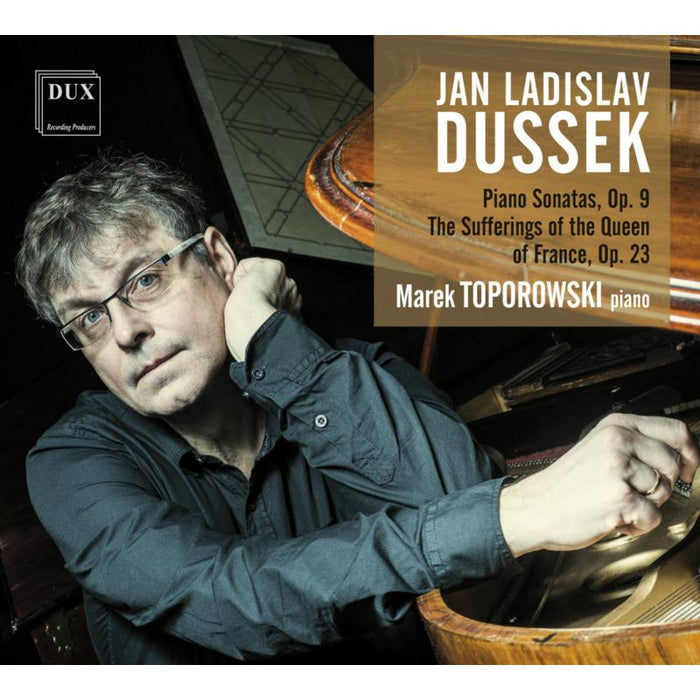Description
Claude Balbastre (1724-1799) was a prominent French composer, organist, and harpsichordist of the late Baroque and early Classical periods. He studied under Claude Rameau, the brother of Jean-Philippe Rameau, whose influence is evident in his music. Among his most notable works are his Pieces de clavecin, published in 1759. These pieces exemplify the refined and expressive style of the French harpsichord tradition, combining lyrical melodies with intricate ornamentation and lively rhythms. Like those of Francois Couperin and Jean-Philippe Rameau, Balbastre's harpsichord works often feature evocative titles, such as La d'Heri- court, La de Caze, and La Lugeac, referring to prominent figures of the time. His Pieces de clavecin display a wide range of textures and moods, from play- ful and lighthearted dances to deeply expressive movements. He incorporated elements of the galant style, characterized by clarity and grace, alongside more dramatic and virtuosic passages, sometimes even adapting orchestral effects to the harpsichord. Marek Toporowski is a harpsichordist, organist, pianist and conductor, one of Poland's foremost performers in the Historical Performance movement. He is a scholar and a well-known collector of historical instruments. Also available by Marek Toporowski are the Complete Piano Music by Pinto, keyboard sonatas by Hyacinthe Jadin, and violin sonatas by Ferdinand Ries.



